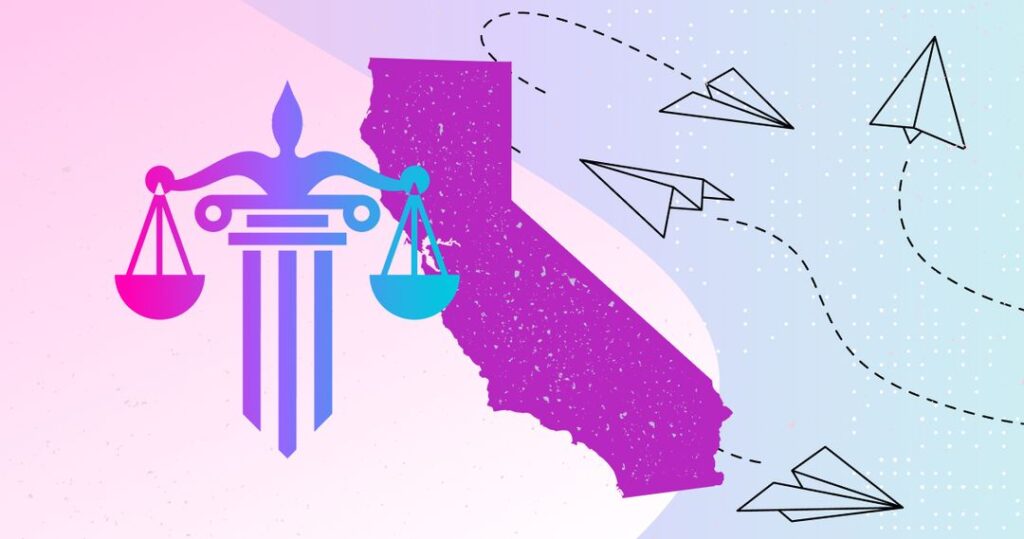
By Laura Phillips
Director, Demand Generation,
Printing for Less
Just recently, we published a list of the Top 10 most-read blogs in 2024. You can read all about it here. But blogs aren’t the only kind of content we produce for you at P F L/Printing for Less. In fact, we have a Resource Center fully loaded with webinar replays, Idea Books, guides, even a Revenue Calculator. And plenty of e-books.
P F L
So, we thought we’d take a look at were the most downloaded e-books in 2024. First, let’s look at P F L:
With modern, automated direct mail, you can make every connection during the customer journey count. This e-book explains how direct mail is a versatile, engaging, and dynamic force in modern marketing, one that can serve as a powerful tool across every stage of the lifecycle.
When businesses get personal across a product or service lifecycle, the resultscan prove transformative. In this e-book, you’ll learn how to connect with prospects and customers more through practical tactics you can try immediately to create powerful moments and increase engagement.
- P F L’s Top 14 ‘Greatest Hits’
This e-book is a collection of case studies that showcases the transformative impact of direct mail on diverse industries, from healthcare and nonprofit organizations to global corporations. Effective marketing is not just about reaching your audience but engaging with them—a tune played expertly by direct mail.
Printing for Less
Printing for Less, P F L‘s sister e-commerce and direct mail printing company, has its share of great content in the form or e-books, too. Here’s what its readers were interested in in 2024:
Did you know that direct mail boasts an impressive 90 percent open rate, compared with just 21 percent for email? Direct mail helps make a lasting impression on both current customers and potential clients. This Idea Book is packed with innovative yet tried-and-true strategies to help realtors capture attention and grow the business.
Direct mail remains a powerful marketing tool because it creates a tangible connection. So, whether you’re looking to boost sales, increase engagement, or build lasting relationships with customers, here’s a look at how to harness its power and integrate it into broader marketing strategies for optimal results.
This latest “2024 Holiday Cheer Lookbook” delivers exactly that: Cheer. No matter the holiday or the business, our “Lookbook” is designed to offer creative and thoughtful gift ideas that leave a lasting impression. And even though the holidays are over, these suggestions can be adopted all year round.











